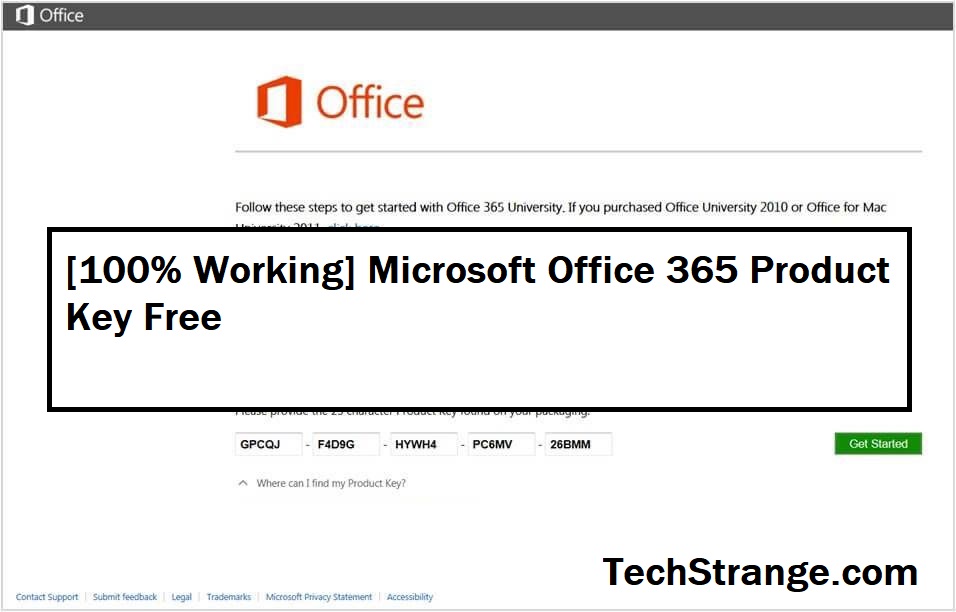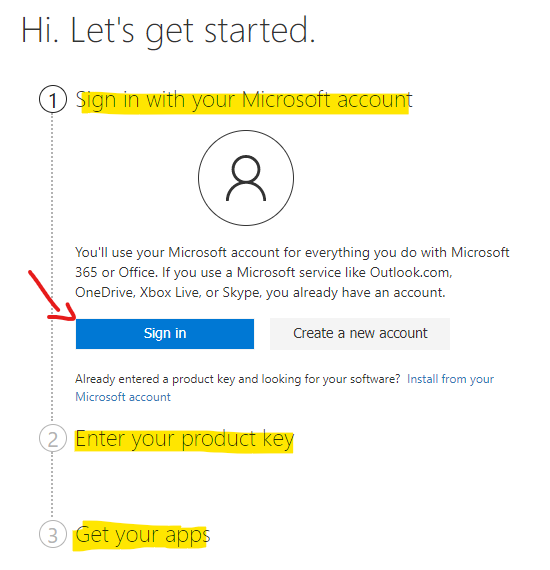
Note: If this is the 32-bit version of Office installed onto a machine running the 64-bit version of Windows, use the following command instead:.

cscript ospp.vbs /inpkey:NMMKJ-6RK4F-KMJVX-8D9MJ-6MWKP.cscript ospp.vbs /inpkey:XQNVK-8JYDB-WJ9W3-YJ8YR-WFG99.cscript ospp.vbs /inpkey:YC7DK-G2NP3-2QQC3-J6H88-GVGXT.Type the following command that corresponds to your version of Office:.CD "\Program Files (x86)\Microsoft Office\Office16".CD "\Program Files\Microsoft Office\Office16".CD "\Program Files (x86)\Microsoft Office\Office15".Note: If this is the 32-bit version of Office installed onto a machine running the 64-bit version of Windows, use the following command instead:.CD "\Program Files\Microsoft Office\Office15".In the command prompt window, type the following command that corresponds to your version of Office:.Click Yes at the User Account Control prompt to open the command window with elevated privileges.Right-click on cmd or Command Prompt and click Run as administrator from the context menu.Type cmd in the Search bar to locate the command window.Launch a command window with elevated privileges.Determining Microsoft Office 2013, 2016, or 2019 Activation typeĬonverting Microsoft Office 2013, 2016, or 2019 from KMS to MAK Activation.Converting Microsoft Office 2013, 2016, or 2019 from MAK to KMS Activation.


These activations are available for faculty and staff using departmental machines. This document shows how to convert Microsoft Office 2013, Microsoft Office 2016, or Microsoft Office 2019 to and from KMS activation and MAK activation, as well as help determine which activation type is currently in use.


 0 kommentar(er)
0 kommentar(er)
